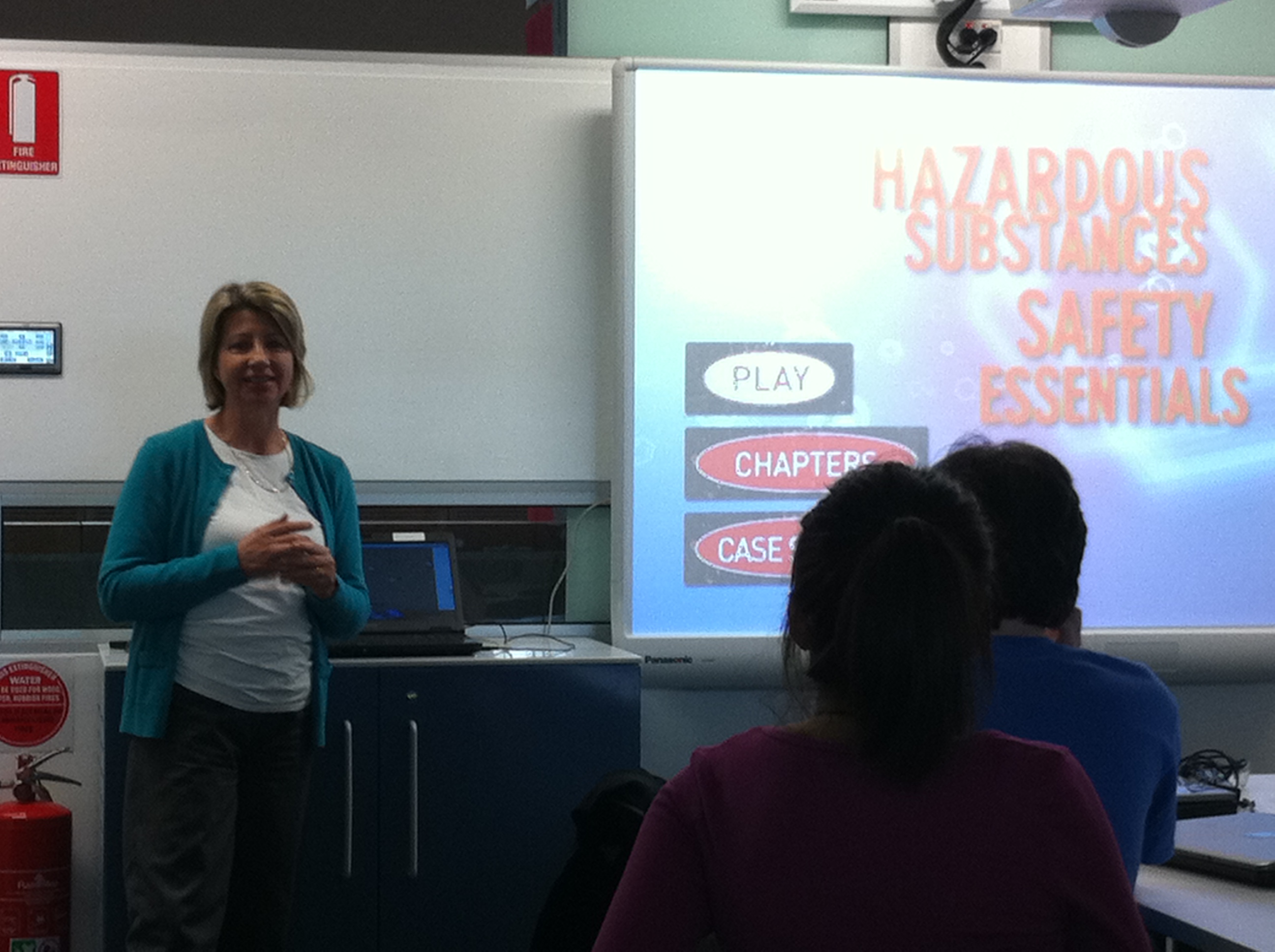Team:Macquarie Australia/Safety
From 2011.igem.org
Safety
- 1. Would any of your project ideas raise safety issues in terms of: (i) researcher safety, (ii) public safety,
or (iii) environmental safety?
- 1. Would any of your project ideas raise safety issues in terms of: (i) researcher safety, (ii) public safety,
When working in any laboratory there are always risks involved that need to be taken into consideration. The Macquarie University 2011 iGEM team will take precautionary measures designed to minimize the risks that could not only potentially affect individual researchers but also the public and the surrounding environment. Each individual team member completes a laboratory induction-training course and signs an acknowledgment to confirm that they have completed the course. The signed acknowledgement included safety measurements such as where any fire extinguishers and other safety equipment were located as well as the safe use of all machinery in the lab.
Additionally, a seminar is provided by the Macquarie University Chemistry & Biomolecular Science Department’s Technical Manager of Chemical Safety officer – Jenny Minard, to explain Workplace Health and Safety. Topics including the safe storage and documentation of chemicals (such as MSDS’s and risk assessment forms) were discussed in detail.
In the laboratory, we always use protective clothing such as lab coats and gloves when handling all bacterial cultures and DNA samples. The bacterial strains used in our experiments are considered non-hazardous and non-infectious and culture volumes were kept to a minimum so that any risk of spread was minimized. No harmful chemicals will be required for use in our experiments. In particular, ethidium bromide is not used to bind DNA for agarose gel visualization because of its carcinogenic properties. At Macquarie University, the use of ethidium bromide has instead been replaced with newer staining reagents such as GelRed. A Material Safety Data Sheet was completed for all chemicals and reagents used in the laboratory. All workspaces were kept clean to keep sterile conditions and bacterial waste material was auto-claved prior to disposal.
- 2. Do any of the new BioBrick parts (or devices) that you made this year raise any safety issues?
No, we do not consider our planned cloned genes to raise any Biosafety concerns. The Bacteriophytochrome gene is a pigment-binding protein and the Heme Oxygenase gene is a metabolic enzyme. This means we should not need to document any issues in the registry.
- 3. Is there a local Biosafety group, committee, or review board at your institution?
There is a local Biosafety committee at Macquarie University and all experiments which may involve biosafety risk and/or which involve cloning or transformation of organisms within the University need to obtain approval by the committee before proceeding.
The committee adheres to Australian Government’s legislation: Gene Technology Regulations Act, 2000 . The Biosafety committee granted approval for the 2011 Macquarie University iGEM project prior to commencement of in vivo methods such as cloning and expression (approval number REF: 5201001087EX).
Additionally, as mentioned above the Chemistry & Biomolecular Science Department’s Technical Manager of Chemical Safety officer – Jenny Minard was made fully aware of all chemicals and reagents to be used in the experiment and her approval was obtained.
For further reading on the Macquarie University Biosafety Committee please click on the links to the Macquarie University website: Occupational Health & Safety – Biosafety: [http://web.science.mq.edu.au/intranet/ohs/hazsub/biosafety.htm#Biosafety] Biosafety Research Ethics – About the Biosafety committee: [http://www.research.mq.edu.au/for/researchers/how_to_obtain_ethics_approval/biosafety_research_ethics] For further information on the Australian legislation, in particular the Gene Regulations Act please click on the following link: Australian Government – Office of the Gene Technology Regulator [http://www.ogtr.gov.au/]
4. Do you have any other ideas how to deal with safety issues that could be useful for future iGEM competitions? How could parts, devices and systems be made even safer through biosafety engineering?
Our team was shown Safety in the Workplace video that dealt with keeping yourself and other people safe in workplace areas, what to in an emergency and how to follow general safety protocol for future industrial and lab settings. We recommend other teams employ this educational approach to safety in the labs at the beginning of their project to help prevent any accidents.
 "
"


